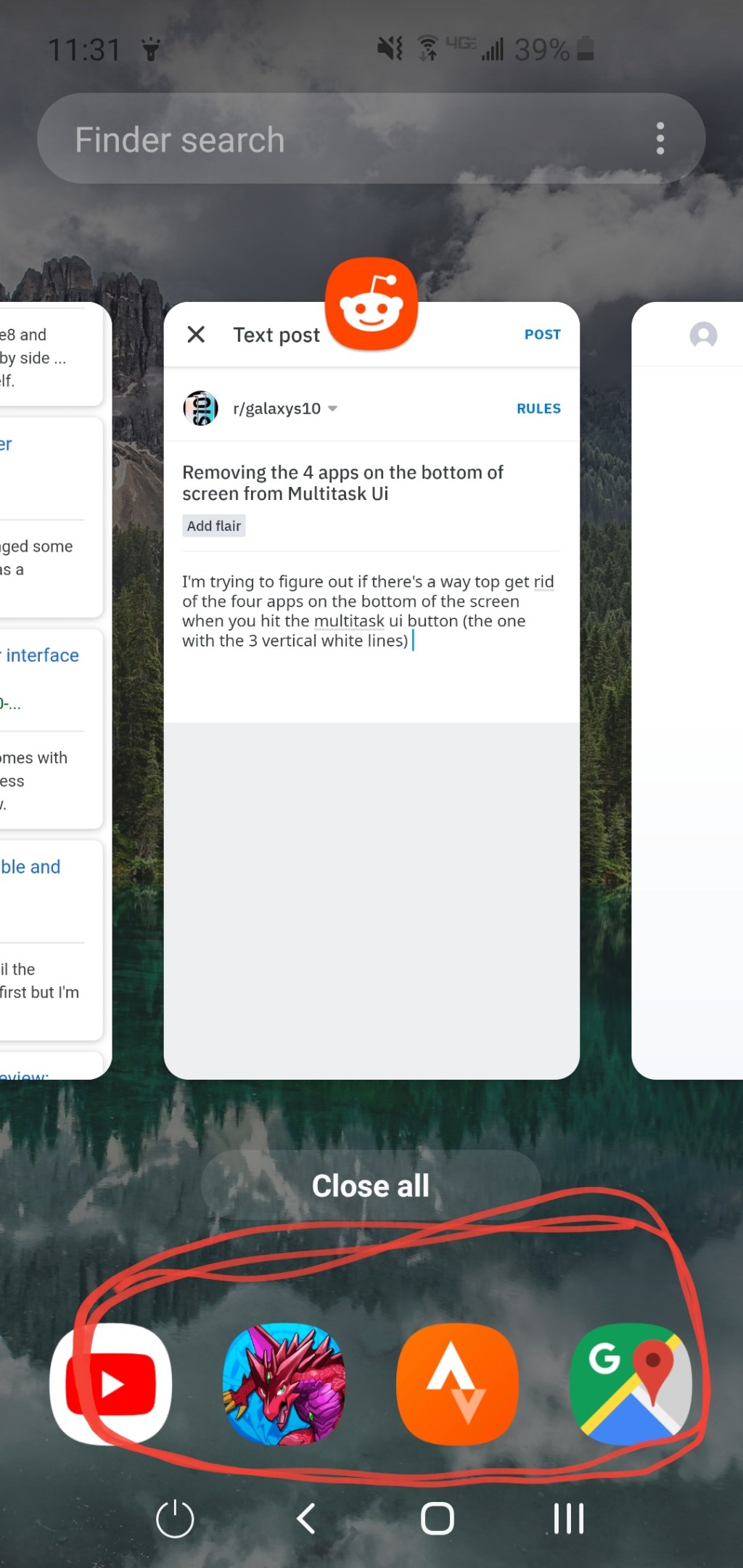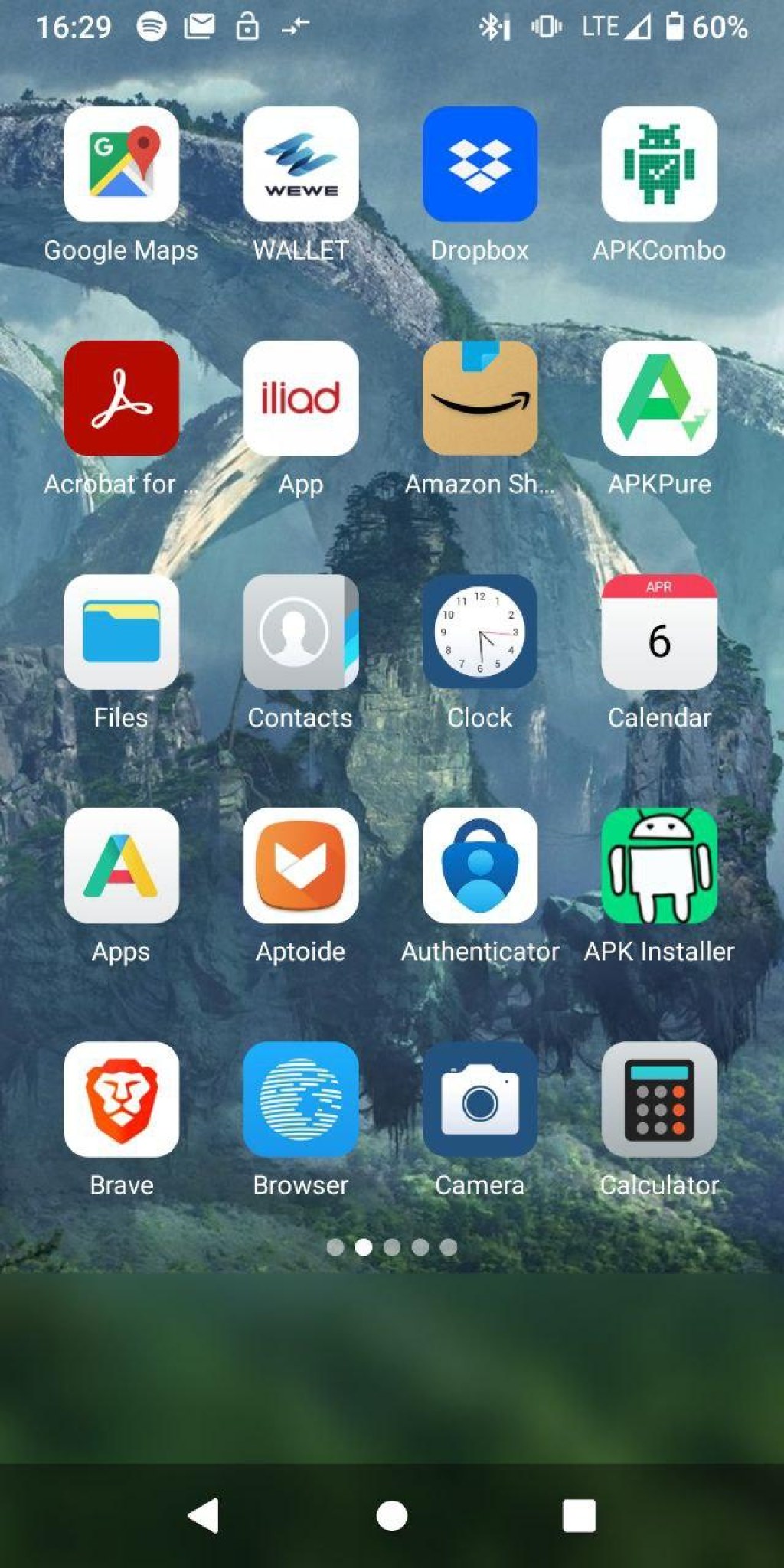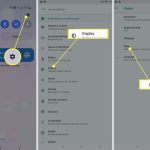Maximize Efficiency With Android Apps At The Bottom Of Your Screen: Experience Seamless Navigation And Instant Access!
Android Apps at Bottom of Screen
Introduction
Hello Readers,
2 Picture Gallery: Maximize Efficiency With Android Apps At The Bottom Of Your Screen: Experience Seamless Navigation And Instant Access!
Welcome to this informative article about Android apps at the bottom of the screen. In today’s digital era, smartphones have become an integral part of our lives, and app developers are constantly striving to enhance user experience. One such innovation is placing Android apps at the bottom of the screen, which has gained significant popularity among users. In this article, we will delve into the details of this feature and explore its benefits, functionality, and potential drawbacks. So, let’s dive in and discover more about Android apps at the bottom of the screen.
Table: Android Apps at Bottom of Screen
Topic
Description

Image Source: redd.it
What are Android apps at the bottom of the screen?
Explanation of the feature and its purpose.
Who benefits from Android apps at the bottom of the screen?
Discussion on the target audience and user preferences.
When did Android apps at the bottom of the screen become popular?
Overview of the timeline and adoption of this feature.
Where can users find Android apps at the bottom of the screen?
Information on the availability and implementation of this feature.
Why should users consider using Android apps at the bottom of the screen?
Explanation of the advantages and benefits it offers.

Image Source: fairphone.com
How are Android apps at the bottom of the screen implemented?
Insights into the technical aspects and development process.
Advantages and disadvantages of Android apps at the bottom of the screen
Exploration of the pros and cons of this feature.
FAQs
Answers to commonly asked questions about Android apps at the bottom of the screen.
Conclusion
A summary of the key points and a call to action for users.
Final Remarks
Additional information and disclaimers about the topic.
What are Android Apps at the Bottom of the Screen?
Android apps at the bottom of the screen refer to a design choice where app icons or navigation buttons are placed at the lower part of the smartphone screen. This alternative placement provides quick and easy access to frequently used apps or essential functions without the need to navigate through multiple screens or menus. It aims to enhance user experience and streamline app interactions.
Who Benefits from Android Apps at the Bottom of the Screen?
This feature benefits a wide range of users, including individuals who prefer convenient access to their favorite apps or frequently used functions. Moreover, it is particularly useful for one-handed usage, allowing users with larger smartphones to access app icons or navigation buttons without stretching their fingers across the screen. Additionally, individuals with disabilities or limited dexterity may find this placement more accessible and user-friendly.
When Did Android Apps at the Bottom of the Screen Become Popular?
The popularity of Android apps at the bottom of the screen started gaining traction in recent years as smartphone screen sizes increased. It became more prevalent with the introduction of gesture-based navigation systems in Android versions like Android 10 and above. This feature gained recognition for its intuitive and user-centric approach, leading to its widespread adoption by app developers and users alike.
Where Can Users Find Android Apps at the Bottom of the Screen?
Android apps at the bottom of the screen can be found on various Android devices, including smartphones and tablets. Many popular Android launchers and custom interfaces offer this feature, allowing users to customize their device’s home screen layout. Additionally, app developers have started incorporating this design choice within their applications to provide a consistent user experience across different devices.
Why Should Users Consider Using Android Apps at the Bottom of the Screen?
There are several advantages to using Android apps at the bottom of the screen. Firstly, it offers increased convenience by placing frequently used apps or functions within easy reach, reducing the time needed for navigation. Secondly, it improves one-handed usability, especially for larger smartphones, by minimizing the need for finger stretching. Thirdly, it provides a more intuitive and user-friendly interface, enhancing the overall user experience. Lastly, it allows for customization and personalization, empowering users to tailor their device layout according to their preferences.
How Are Android Apps at the Bottom of the Screen Implemented?
The implementation of Android apps at the bottom of the screen involves various technical aspects. App developers utilize software development kits (SDKs) and user interface design principles to create user-friendly layouts. This includes adjusting the size and positioning of app icons or navigation buttons, ensuring compatibility with different screen resolutions and aspect ratios, and optimizing gesture-based interactions. Additionally, developers often conduct user testing and iterate on the design to enhance usability and address potential challenges.
Advantages and Disadvantages of Android Apps at the Bottom of the Screen
Advantages:
🔹 Improved accessibility and ease of use
🔹 Enhanced one-handed usability
🔹 Streamlined app navigation
🔹 Customization options
🔹 Consistent user experience
Disadvantages:
🔸 Limited screen space
🔸 Potential accidental taps
🔸 Adaptation required for traditional navigation users
🔸 App compatibility issues
FAQs
Q1: Can I customize the app icons at the bottom of the screen?
A1: Yes, many Android launchers and custom interfaces allow you to customize the app icons and their arrangement at the bottom of the screen.
Q2: Will Android apps at the bottom of the screen affect my battery life?
A2: No, the placement of app icons at the bottom of the screen does not directly impact battery life. Battery consumption depends on the apps running in the background and device usage.
Q3: Can I disable Android apps at the bottom of the screen feature?
A3: Yes, you can usually disable or customize this feature through your device’s settings or launcher preferences.
Q4: Are Android apps at the bottom of the screen available on all Android devices?
A4: The availability of this feature depends on the device’s software version, launcher, and customization options. Android devices running on newer versions generally offer this feature.
Q5: Can I change the number of app icons displayed at the bottom of the screen?
A5: It depends on the launcher or custom interface you are using. Some launchers allow you to adjust the number and layout of app icons at the bottom of the screen.
Conclusion
To sum up, Android apps at the bottom of the screen have revolutionized the way we interact with our smartphones. This design choice offers convenience, accessibility, and improved usability for users. By placing frequently used apps or navigation buttons at the bottom, users can navigate their devices effortlessly and enjoy a more streamlined experience. However, it is essential to consider the potential drawbacks and adaptability factors before deciding to use this feature. So, why not give it a try and experience the benefits firsthand?
Final Remarks
In conclusion, the Android apps at the bottom of the screen feature have transformed the way we use our smartphones. It is important to note that while this feature enhances user experience, it may not be suitable for everyone. Some users may prefer the traditional top placement of app icons or navigation buttons. Therefore, it is advisable to explore and experiment with different layout options to find what works best for your needs. Remember, the ultimate goal is to create a personalized and efficient smartphone experience that suits your preferences and usage patterns. Happy exploring!
This post topic: Android Apps


